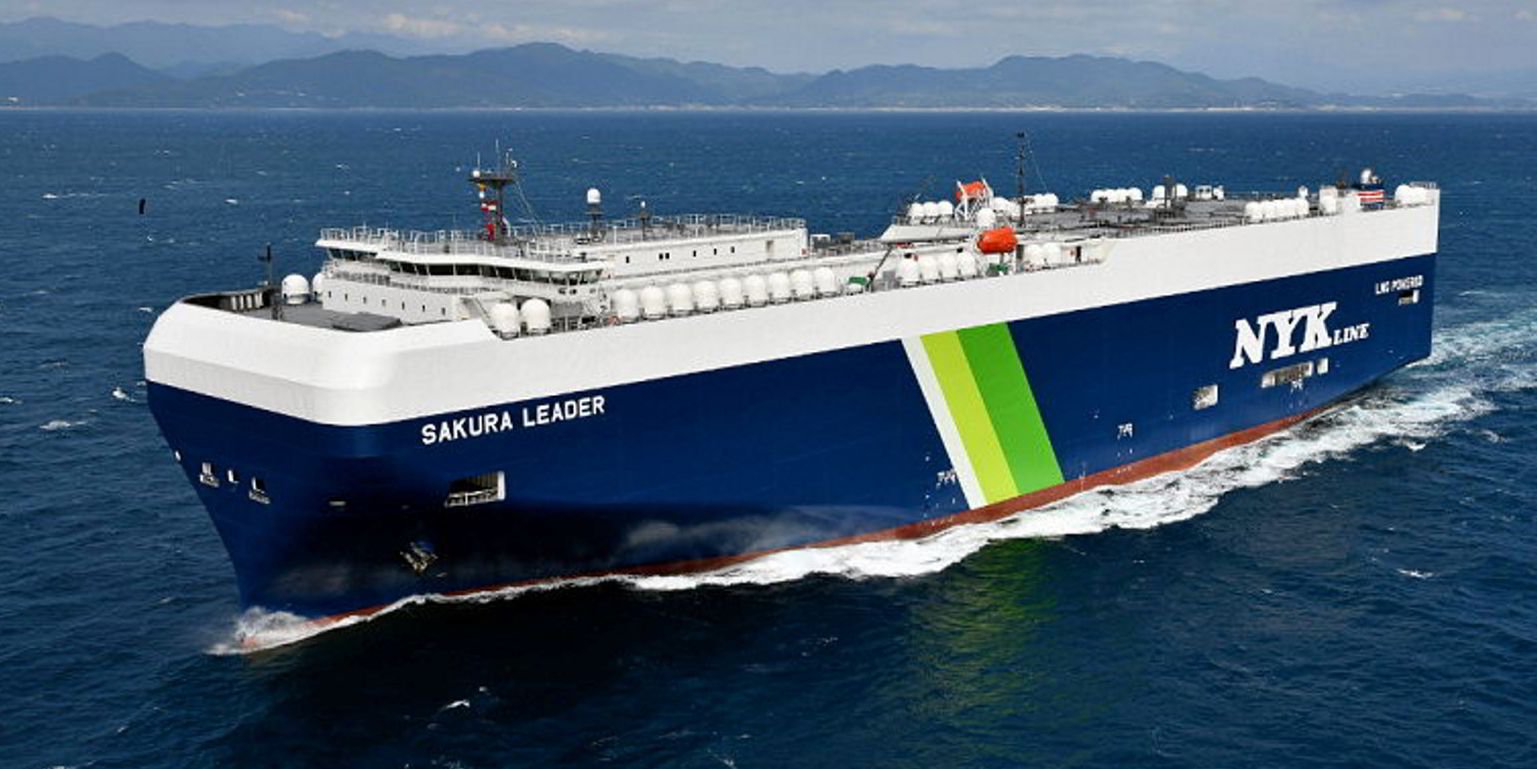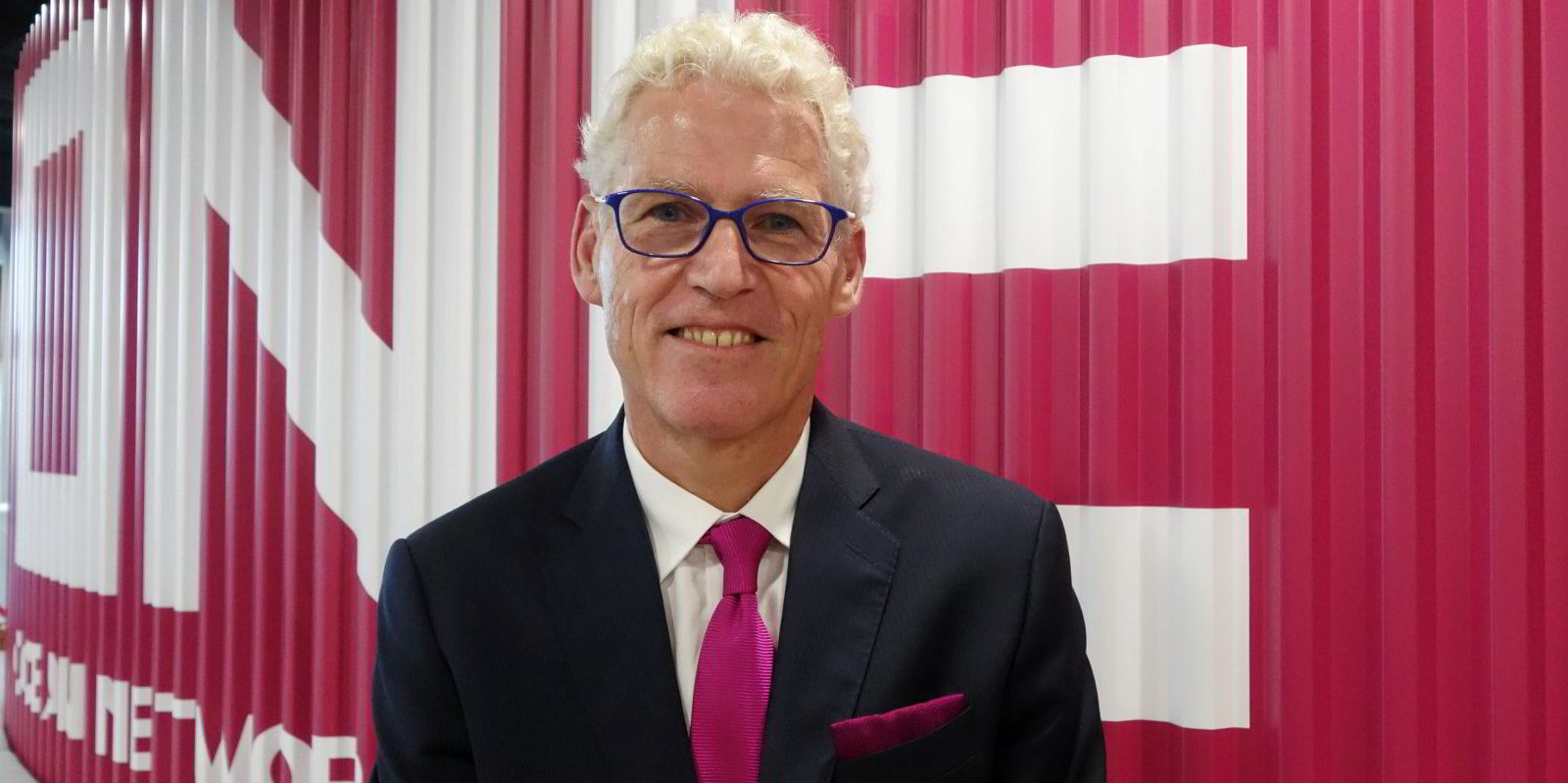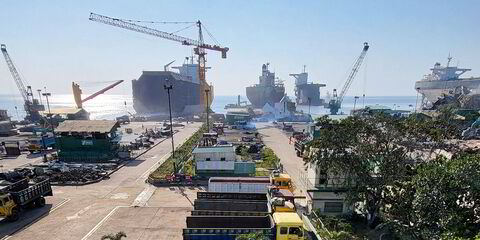NYK Line said it is expecting to see a near 75% decline in net profit for the fourth quarter of this year compared with a year ago as the liner market continues to deteriorate.
Net income for the past three months of the fiscal year is expected to be just ¥79.7bn ($620m) against the ¥316.8bn achieved a year earlier.
NYK Line expects recurring profit at its liner operation to slump to just ¥38.3bn from the ¥229.7bn achieved 12 months earlier.
News of the collapse in its fourth-quarter performance came as NYK Line, like its rival Mitsui OSK Lines, posted its weakest quarterly performance so far this year.
NYK Line said net income for the three months ended 30 December 2022 was ¥214.3bn versus the ¥280.8bn seen in the corresponding period last year.
“In the container shipping division, while transportation demand continued to noticeably slow due to multiple factors including inflation and high consumer goods inventories in consumer markets mainly in Europe and the US, the supply of space increased following the alleviation of port congestion at most ports around the world, and as a result, spot freight rates fell,” NYK Line said.
NYK Line-owned Ocean Network Express (ONE) was affected by lower freight rates and cargo volumes during the most recent quarter, but the strong performance during the first half enabled the financial results to exceed the same period last year.
“In the major North America and Europe trades, although liftings and utilisation have fallen year over year, the average freight rates including the first half exceeded the same period last year on both trades,” NYK Line said.
In response to the weaker cargo volumes, NYK Line said ONE is deploying its ships based on the demand situation, including blank sailings, while it is also working to cut costs.

NYK Line’s bulk shipping division, which includes car carriers, dry bulk, tankers and gas, saw a modest increase in third-quarter net income to ¥55bn.
“In the automotive transportation division, the impact of the global semiconductor shortage and Covid-19 on automobile production volumes is gradually receding, and transportation volumes increased compared to the same period last year,” the shipowner said.
“Although schedule disruptions occurred on some voyages due to port congestion and rough weather at sea, vessel utilisation increased as a result of optimised vessel deployment plans and vessel operations, and the business flexibly responded to customer requests.”
In the dry bulk business division, NYK Line said that while the capesize market rose to unseasonably high levels from the end of April, it subsequently fell to weak levels for the remainder of the first half.
“The market rebound in October lacked strength, and although it rebounded again following last-minute demand for the transportation of iron ore heading into the end of the year, the market trended at levels greatly below the same period last year,” it said.
“In the panamax segment, markets remained at levels exceeding the previous year until May, but they declined thereafter in line with the deterioration in the capesize market.”
NYK Line said that although the markets started to recover from September as shipments of harvested grain commenced from the US, weakness in the capesize market continued to weigh on the markets, and they trended at levels below the same period last year.
In the energy business division, NYK Line said VLCCs strongly rebounded off the low first-quarter market levels in July, and from mid-August, as shipments of oil became more active, particularly from the US and Middle East to Europe and Asia.
“As a result, the market quickly recovered and then rose sharply in late November. Thereafter, concerns about a global economic recession and continued cuts to oil production caused shipment volumes to slacken,” it said.





